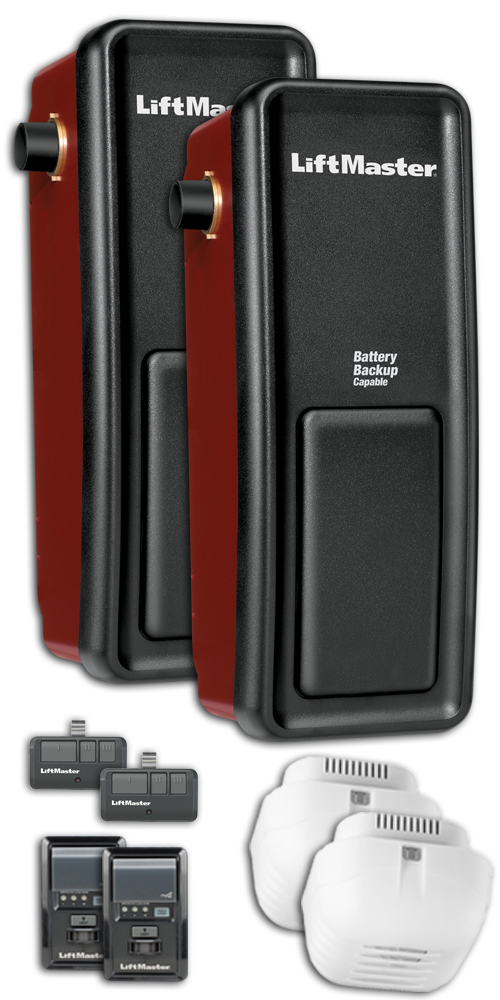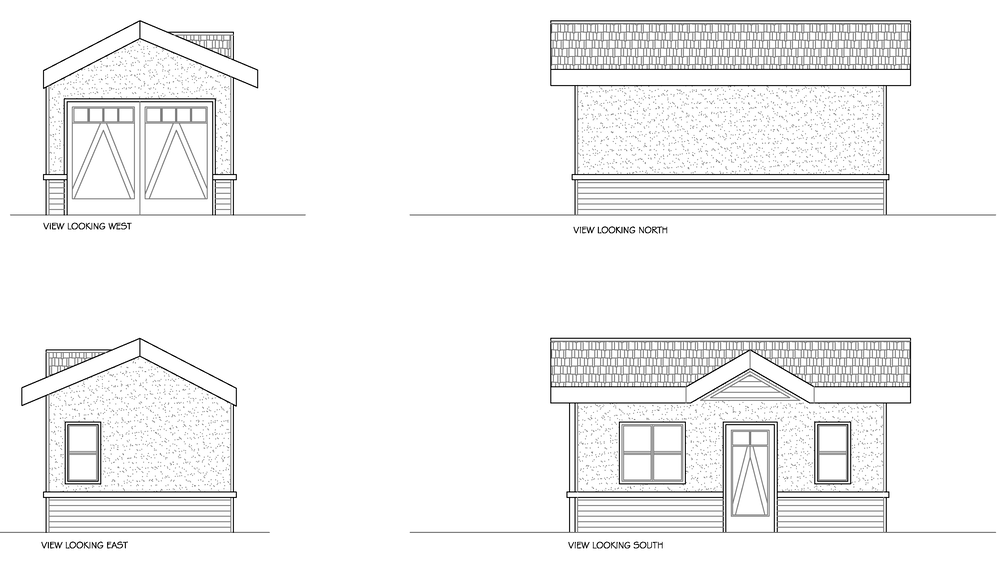
Adding garage shelving can increase the amount of storage space available in your garage. There are many garage shelving options, including wall and freestanding. It is important that you choose a unit that can hold all the items in your garage. Choosing a shelving unit with the right material is also important. Certain materials are more durable than others and can withstand spills and stains better than others.
Garage shelving can also be made out of MDF, metal or particle board. Particle board is light but more likely to stain than steel. A heavier-duty shelving system may be better suited for heavy items like tools and equipment.
Wall-mounted shelves make it easy to maximize your storage area. Mounted shelves are attached to garage walls with brackets. These brackets, made from metal, attach to your garage walls via brackets. For best results, you should mount the shelves at least 16 inches from the floor and 20 inches apart. You can also use ceiling-mounted shelving systems that project downward. These are lighter than a freestanding unit and are therefore easier to move.

Freestanding units, which are usually made from metal or wood, can be mounted to the ceiling and wall. They are more flexible than other types of shelving, though they take up floor space. To install them, you'll need a drill and some tools.
The rail shelves can be made from either steel wire or chrome metal. Vertical metal tracks are installed in the wall and the metal brackets fit into slots. The shelves can be adjusted so that you can add and take off items as needed. Although they are designed to hold heavy objects they can be easily moved to create additional storage space.
Although particle board is great for shelving, it can stain if there are traces of engine fluid. Metal shelving is porous and won't absorb chemicals. This makes it great for storing paint or other chemical-based products.
Particle board and MDF are a good choice if you don't need to hold heavy items, but don't want to sacrifice structural integrity. Both are strong and simple to assemble. The powder coating helps to protect these units from dents and scratches.

MDF and Particle board are typically lighter than metal, however their weight capacity isn’t as high. Plastic shelving is easier to move and cheaper than metal. Plastic shelving is cheaper than MDF and easier to clean, so it might not be the best choice for a messy or wet garage.
Another option is to buy an adjustable rail shelving. This type of shelving can also be flexible. However, you will need to find studs for the track to attach to your wall. These shelves won't work well with concrete drywall.
Garage shelving prices will vary depending on the material used. You can impact your energy bills by choosing the right material. Be sure to use a temperature-controlled space if you plan to store food or hazardous materials. You should also cover the shelves to keep spills and stains out.
FAQ
What is the difference between building a new home and gutting a current one?
Gutting a home involves removing everything within a building including walls and floors, ceilings as well as plumbing, electrical wiring, appliances, fixtures, and other fittings. It is often done when you are moving to a new location and wish to make some improvements before you move in. Because of the many items involved in gutting a house, it is usually very costly. Depending on your job, the average cost to gut a home can run from $10,000 to $20,000.
Building a home is where a builder builds a house frame by frame, then adds walls, flooring, roofing, windows, doors, cabinets, countertops, bathrooms, etc. This usually happens after you have purchased lots of lands. Building a home is normally much less expensive than gutting, costing around $15,000-$30,000.
When it comes down to it, it depends on what you want to do with the space. You'll need to spend more if you plan to gut your home. However, if you want to build a home, you won't have to worry about ripping everything apart and redoing everything. Instead of waiting for someone to tear it down, you can make it exactly how you want.
How long does it take to remodel a bathroom?
Remodeling a bathroom typically takes two weeks to finish. However, it all depends on how big the project is. Smaller jobs, such as adding a shower stall or installing a vanity, can be completed in a day or two. Larger jobs like removing walls or installing tile floors and plumbing fixtures can take several hours.
A good rule of thumb is to allow three days per room. This means that if there are four bathrooms, you will need 12 days.
What order should you renovate your house?
First, the roof. The plumbing is the second. The electrical wiring is third. Fourth, the walls. Fifth, the floors. Sixth, the windows. Seventh, the door. Eighth, it's the kitchen. Ninth are the bathrooms. Tenth, the garage.
After you have completed all of these tasks, you will be ready to go to the attic.
You might consider hiring someone who is skilled in renovating your house. Renovating your own house takes time, effort, and patience. It will also cost money. So if you don't feel like putting in the hours or the money, then why not let someone else do the hard work for you?
Renovations aren’t always inexpensive, but they can make your life easier and save you money in the long term. It's also a way to make your life more pleasant.
Why remodel my house when I could buy a new home?
While houses may get more affordable each year, the square footage you pay is still the same. You may get more bang for your buck but you still have to pay for extra square footage.
Maintaining a house that doesn’t need much maintenance is cheaper.
You can save thousands by remodeling your existing home rather than buying a completely new one.
Remodeling your current home can help you create a unique space that suits the way you live. Your home can be made more inviting for you and the family.
What is it worth to tile a bathroom?
Do it yourself if possible. Full bathroom remodels are an investment. When you consider the long-term benefit of having a beautiful space for many years, it is a smart decision to invest in quality fixtures and materials.
The right tiles can make all the difference in how your space looks and feels. This guide will help you select the right tiles for your project, no matter how small or large.
First, decide which type of flooring you'd like to install. The most common options are ceramics, stone, porcelain, and natural timber. Select a style, such as classic subway tiles or geometric patterns. The last step is to choose a color scheme.
If you are remodeling a large bathroom, you'll likely need to match the tile with the rest. You might choose white subway tiles in the bathroom and kitchen, but use darker colors in other rooms.
Next, calculate the project's size. Are you ready to renovate a tiny powder room? Or would you prefer to add an extra bedroom in your master suite with a walkin-in closet?
After you have established the project's scope, it is time to visit local stores and view samples. This will allow you to get a feel for how the product is assembled.
Online shopping is a great way to save on porcelain tiles and ceramics. Many sellers offer bulk discounts and free shipping.
How much is it to renovate and gut a whole kitchen?
If you've been thinking about starting a renovation project for your home, you may wonder how much it would cost.
The average kitchen renovation cost is between $10,000-$15,000. There are many ways to save money and improve the overall feel of your kitchen.
You can cut down on costs by planning ahead. This includes choosing a design style and color palette that fits your lifestyle and budget.
Hiring an experienced contractor is another way of cutting costs. Professional tradesmen are familiar with every step of construction, so they won't waste their time trying to figure it out.
It would be best to consider whether you want to replace or keep your existing appliances. A kitchen remodel can add thousands to the cost by replacing appliances.
Another option is to consider purchasing used appliances. A used appliance can help you save money as you won't be charged for installation.
Last but not least, shopping around for materials or fixtures can help you save some money. Many stores offer discounts for special occasions like Cyber Monday or Black Friday.
Statistics
External Links
How To
Is a permit required for home renovation?
It is important to do the right thing when renovating your house. Every construction project that affects the exterior walls of your property requires building permits. This applies to adding an addition, remodeling your kitchen or replacing windows.
But if you've decided to go ahead and renovate your home without obtaining a building permit, there could be serious consequences. If you are responsible for injuries sustained during the renovations, you could face penalties or even legal action.
Most states require all people working on residential structures to have a building permit. Many counties and cities also require homeowners that they apply for a permit before starting any construction project.
Local government agencies, like city halls, county courtshouses, or town halls, usually issue building permits. They can be obtained online, or by phone.
It would be best if you had a building permit because it ensures that the project complies with local safety standards, fire codes, and structural integrity regulations.
For example, a building inspector will make sure that the structure is compliant with current building code requirements.
Inspectors will also ensure that the deck's planks can support the weight of whatever is being placed upon them. Inspectors will look out for water damage, cracks and other issues that could affect the structure's stability.
Contractors can start the renovations only after the building permit approval has been received. If the contractor does not obtain the required permits, they could be fined, or even arrested.